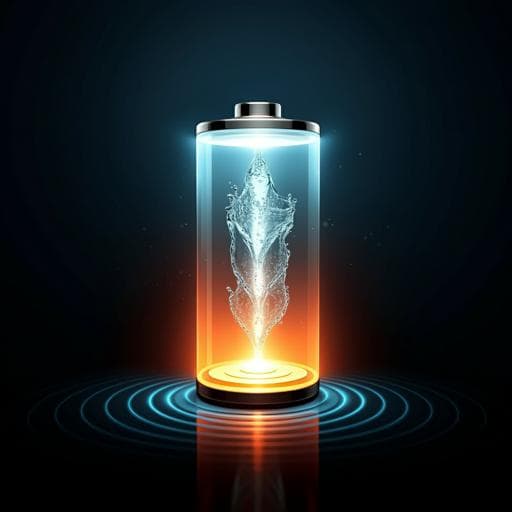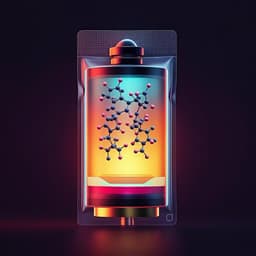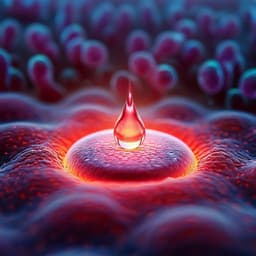
Chemistry
A chemically self-charging aqueous zinc-ion battery
Y. Zhang, F. Wan, et al.
Discover the groundbreaking advancements in self-charging power systems with chemically self-charging aqueous zinc-ion batteries developed by Yan Zhang, Fang Wan, Shuo Huang, Shuai Wang, Zhiqiang Niu, and Jun Chen. This innovative system simplifies energy harvesting and storage, demonstrating remarkable efficiency and functionality in various charging modes.
~3 min • Beginner • English
Related Publications
Explore these studies to deepen your understanding of the subject.







